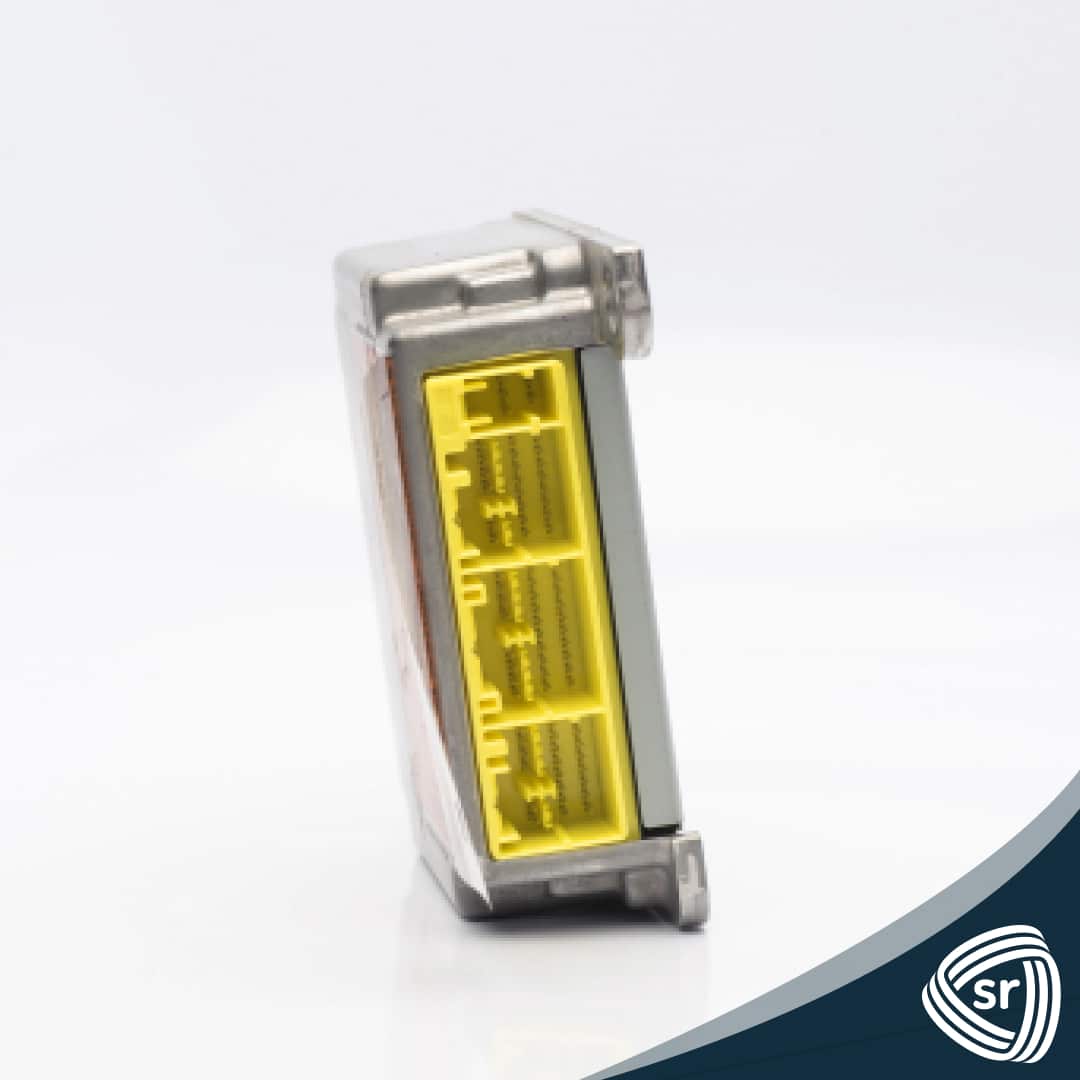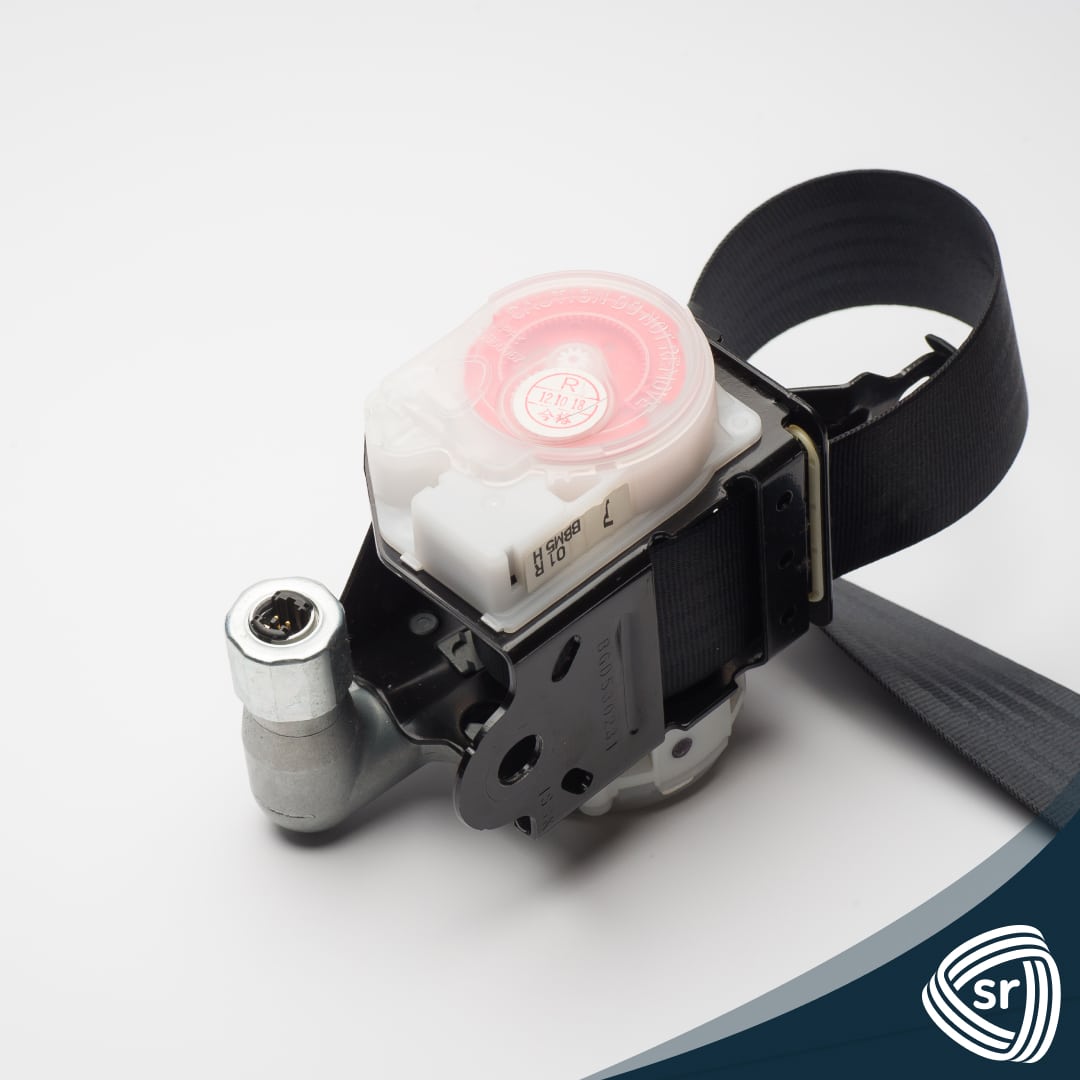Improperly worn seat belts are worthless as a safety measure. Experts say that comfort is a significant factor in why people don’t use seat belts.
Wearing a seat belt is the safest option in an accident. A seat belt’s function is to regulate and halt inertia in a crash safely. They help transmit energy to strong bone areas of the body, lowering the effort required in securing a passenger in place.
While buckling up with a modern seat belt may feel similar, the safety benefits vary. For example, a modern automobile senses considerable deceleration or an accident and activates a pre-tensioner, tightening the occupant’s safety belt. Due to the addition of a pre-tensioner, modern seat belts do not easily rip out like older seat belts.
Seat belts, like all other car parts, are inspected to ensure they operate correctly. You’ve seen crash tests, which are part of seat belt testing, but there’s more to it than that.
Standard Parts of a Seat Belt
Seat belts used to be a towel over the lap. They now have more due to substantial advancements in safety technologies. Here are the standard parts of a modern seatbelt:
- Fabric Torso and Lap Belt: the seat belt component that runs around your body and lap.
- Tongue: the metal element attached to the seat belt clicks into and secures the buckle.
- Buckle: the mechanism positioned on the side of the seat that takes and secures the tongue of the seat belt.
- Retractor: it is the component that pulls the seat belt back into the spool once tension is released.
- Spool: it is this mechanism that raises the belt when the strain in the seatbelt is removed.
- Load Limiter: it is meant to ease the pressure on the occupant’s shoulders, chest, and torso by reducing part of the belt’s tension. This also allows the wearer to maintain mobility and experienced reduced load upon impact.
- Pre-Tensioner: it retracts the seat belt when the automobile detects an impending impact so the person is not propelled forward and is instead secured in place.
Standard Seatbelt Testings
To improve safety, manufacturers and suppliers test their products many times before putting them on the road. These products are tested through these standard seatbelt procedures:
-
Tilt Lock Check
Adjustable seat belt manufacturers use the tilt lock test to assess the strength and safety of the adjustable locking bar on the seat belt system.
-
Tensile Power Test
This test checks if your seat belt can withstand impact from a sharp object. The tensile strength should withstand such assaults, like cracked glass or metal shrapnel released during a car collision.
-
Strength of Webbing Check
It is futile to wear a seat belt if the textile webbing can be stretched to the point of breaking. The webbing durability test ensures that the webbing will not decrease in performance or condition easily over time.
-
The Retractor Test
To ensure the retractor retracts every time, manufacturers put it through several tests, including G-force.
-
The Durability of Cycle Check
The seat belt is put through its paces in a cycle durability test, which simulates everyday use.
Front and side crash testing and head restraint and seat tests are also performed by automobile manufacturers using a dummy and a crash car. These tests assess the amount of impact and damage to the test dummies and how seatbelts effectively perform in the event of a severe collision.
Conclusion
Seatbelts are essential in our daily lives. In the same way that our way of life is heavily reliant on our vehicles, so is our safety.
Performing seat belt crash checks is one of the most effective safety techniques when designing car seat belts. This ensures that the seat belt does its job of absorbing kinetic energy by stretching the webbing over the hips and torso, softening the impact. Without them, passengers can be at risk of facing severe injuries, even while observing proper road safety etiquette.
Safety Restore specializes in airbag module and seat belt replacements. We also replace webbing and repair instrument clusters. Allow us to repair your car after an accident with a lifetime warranty. Call us now!


